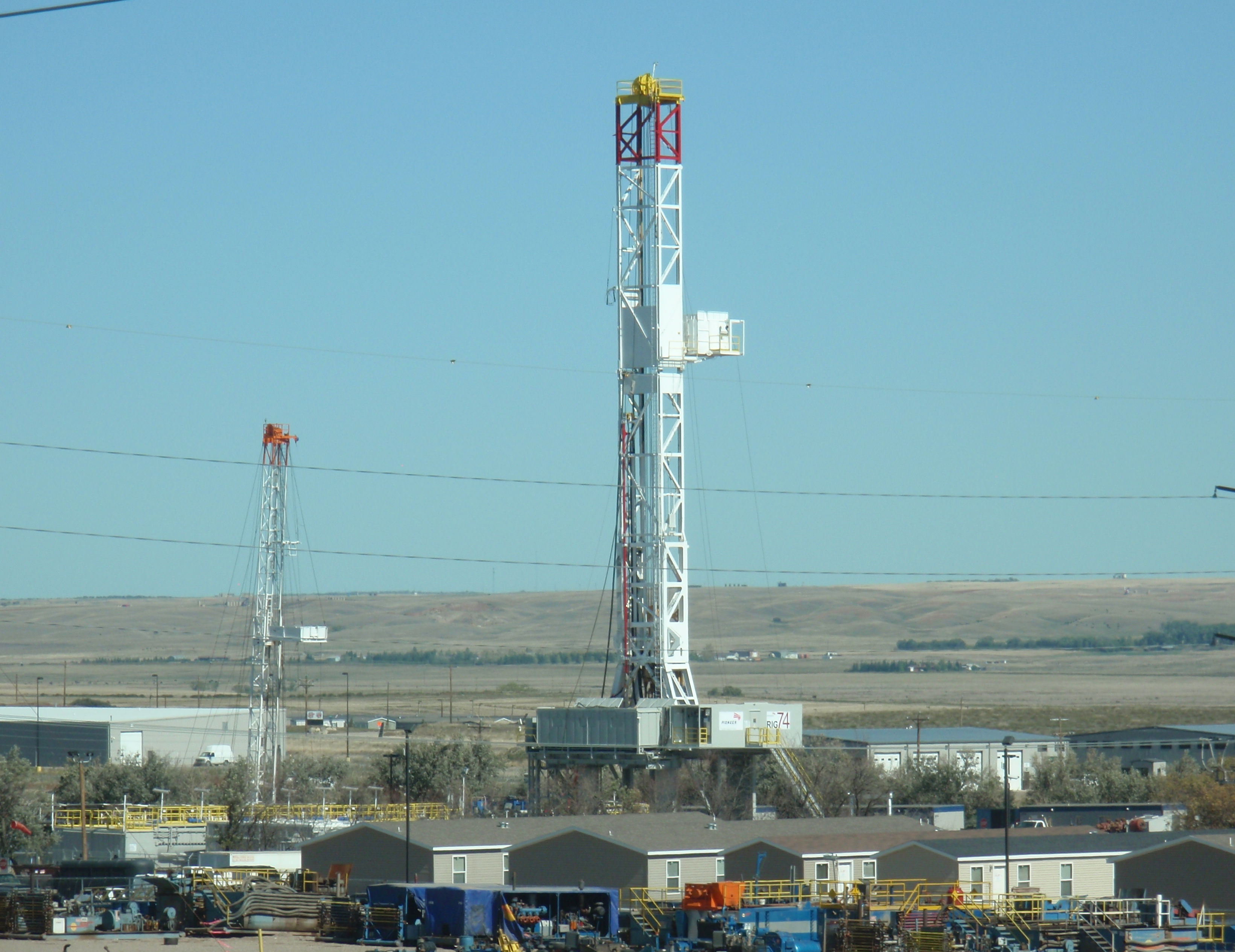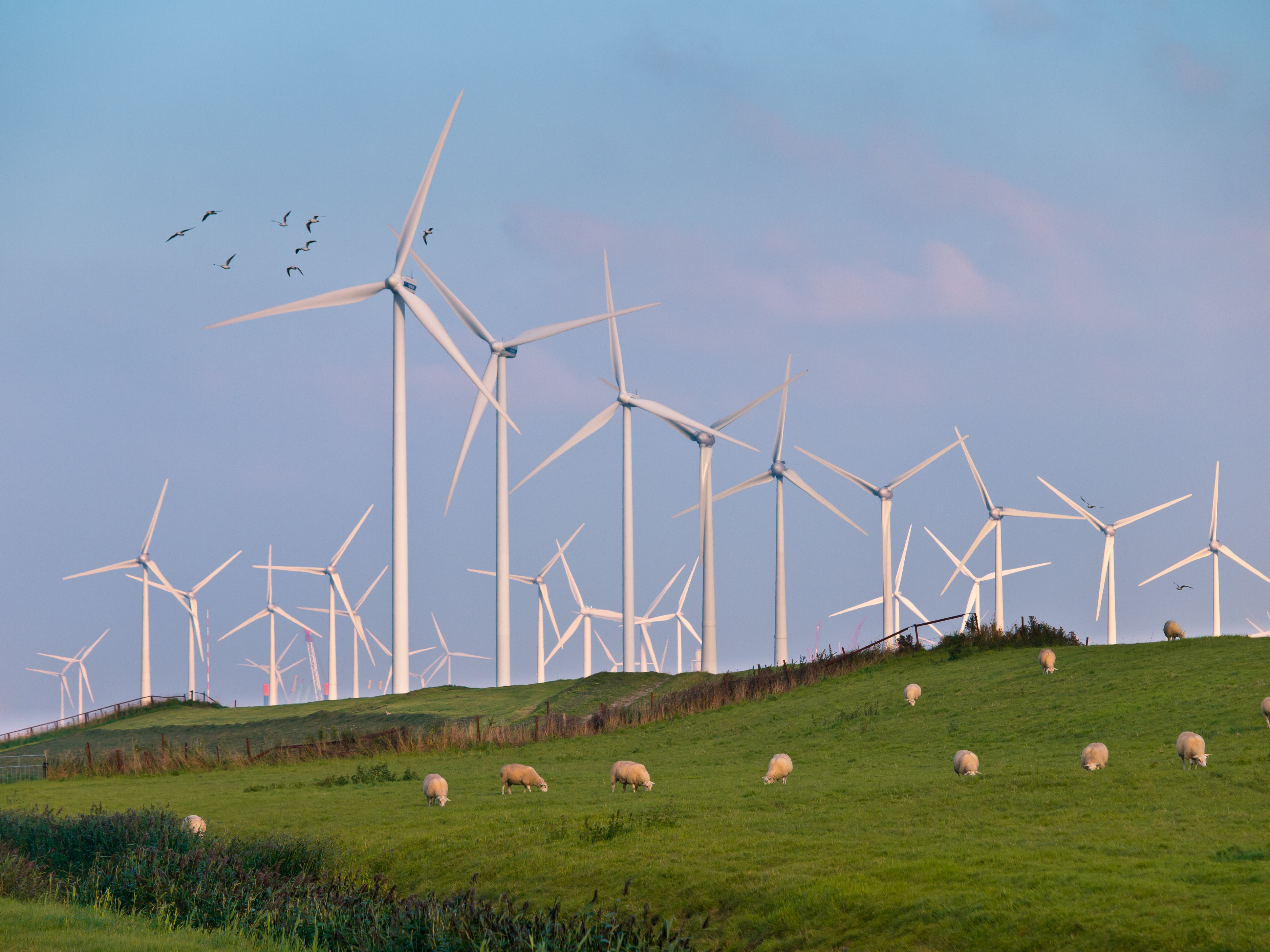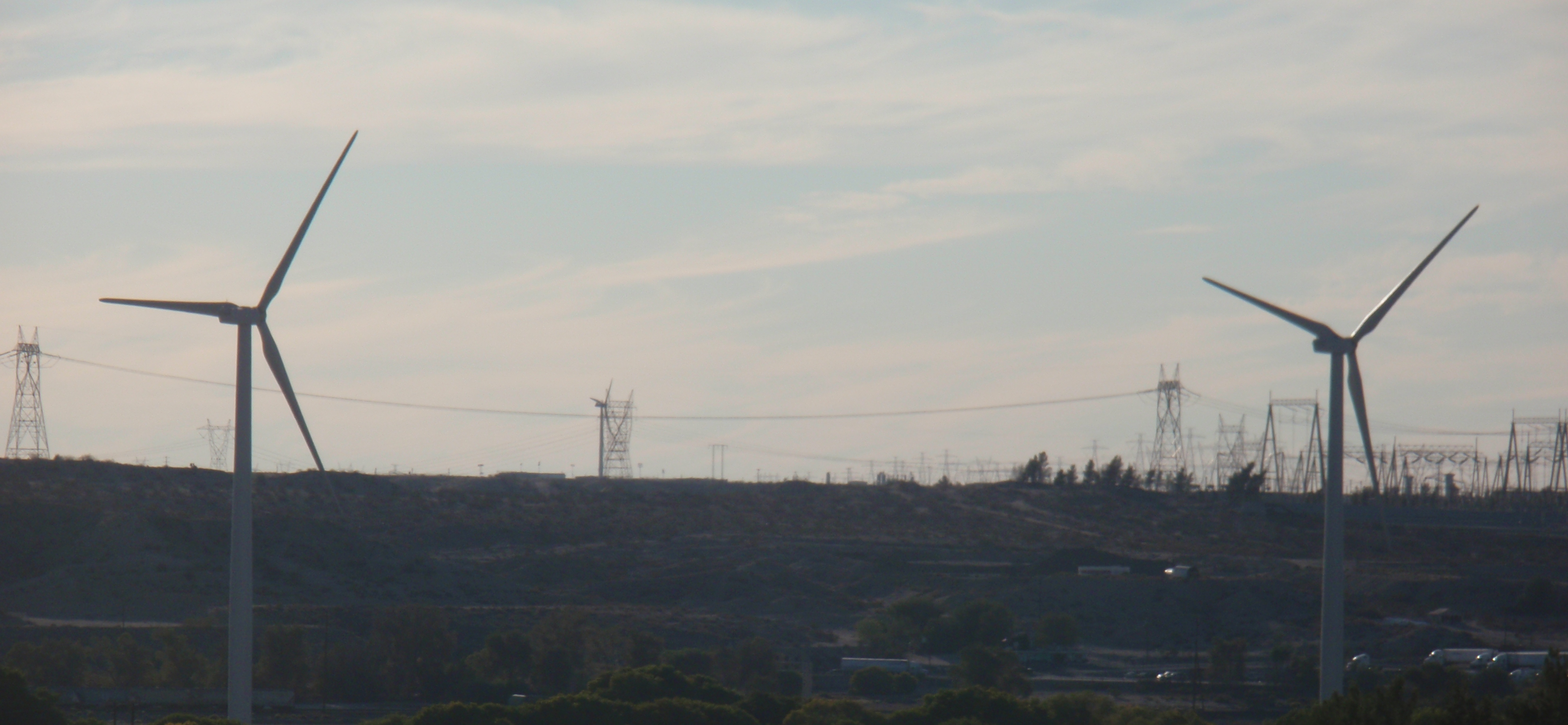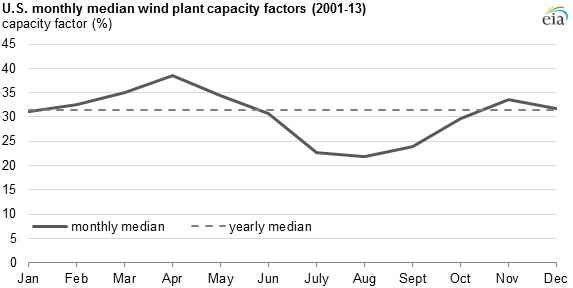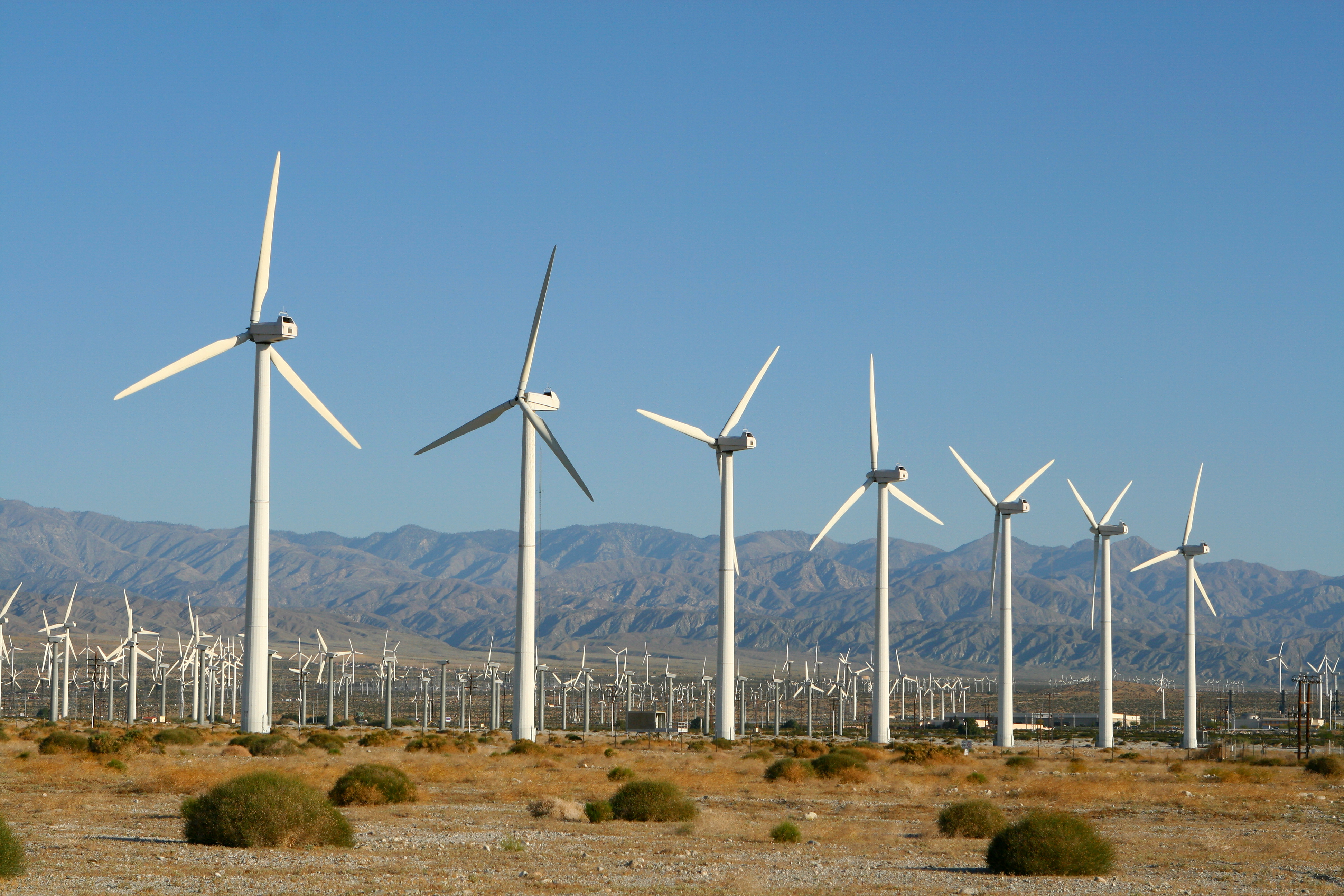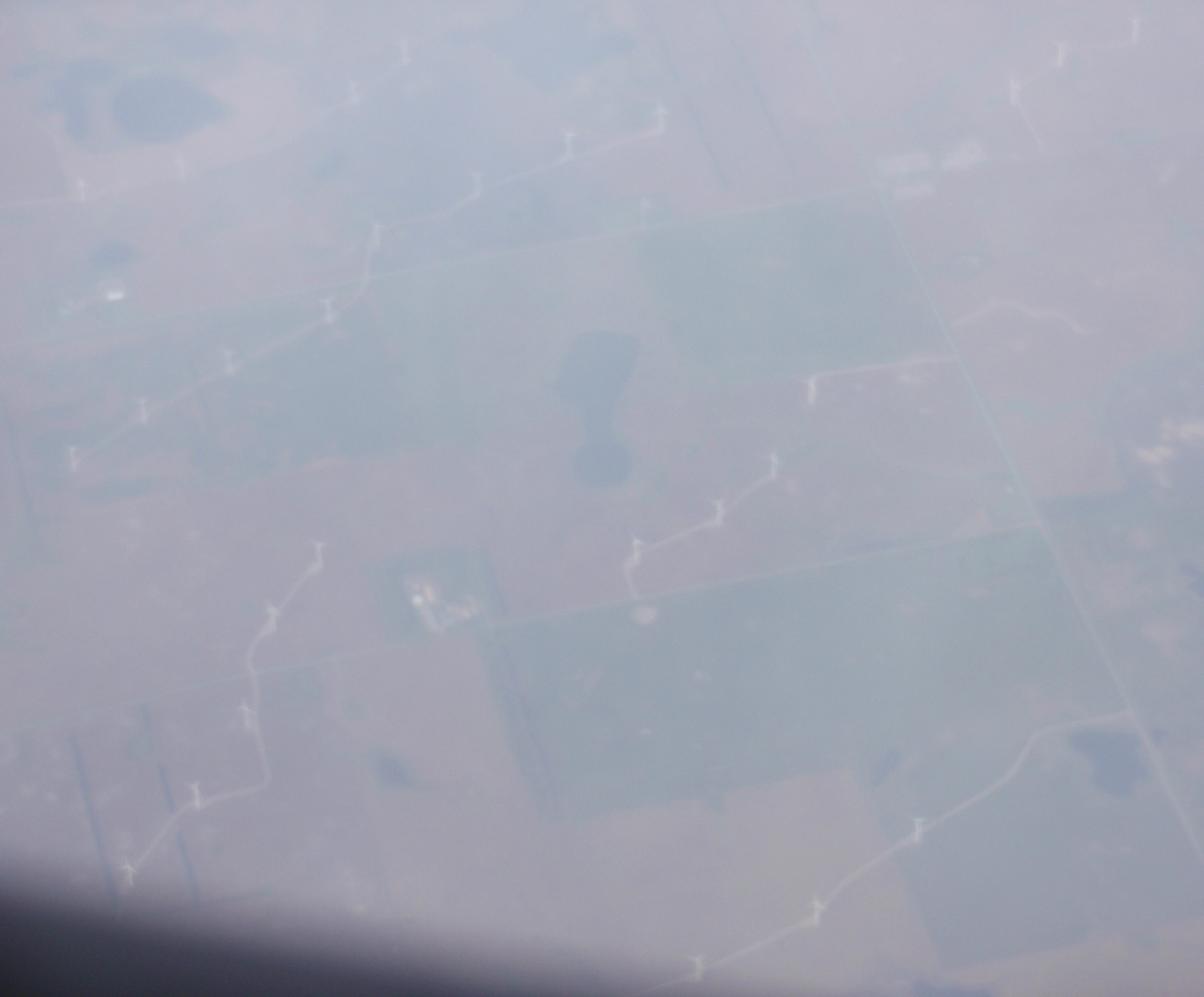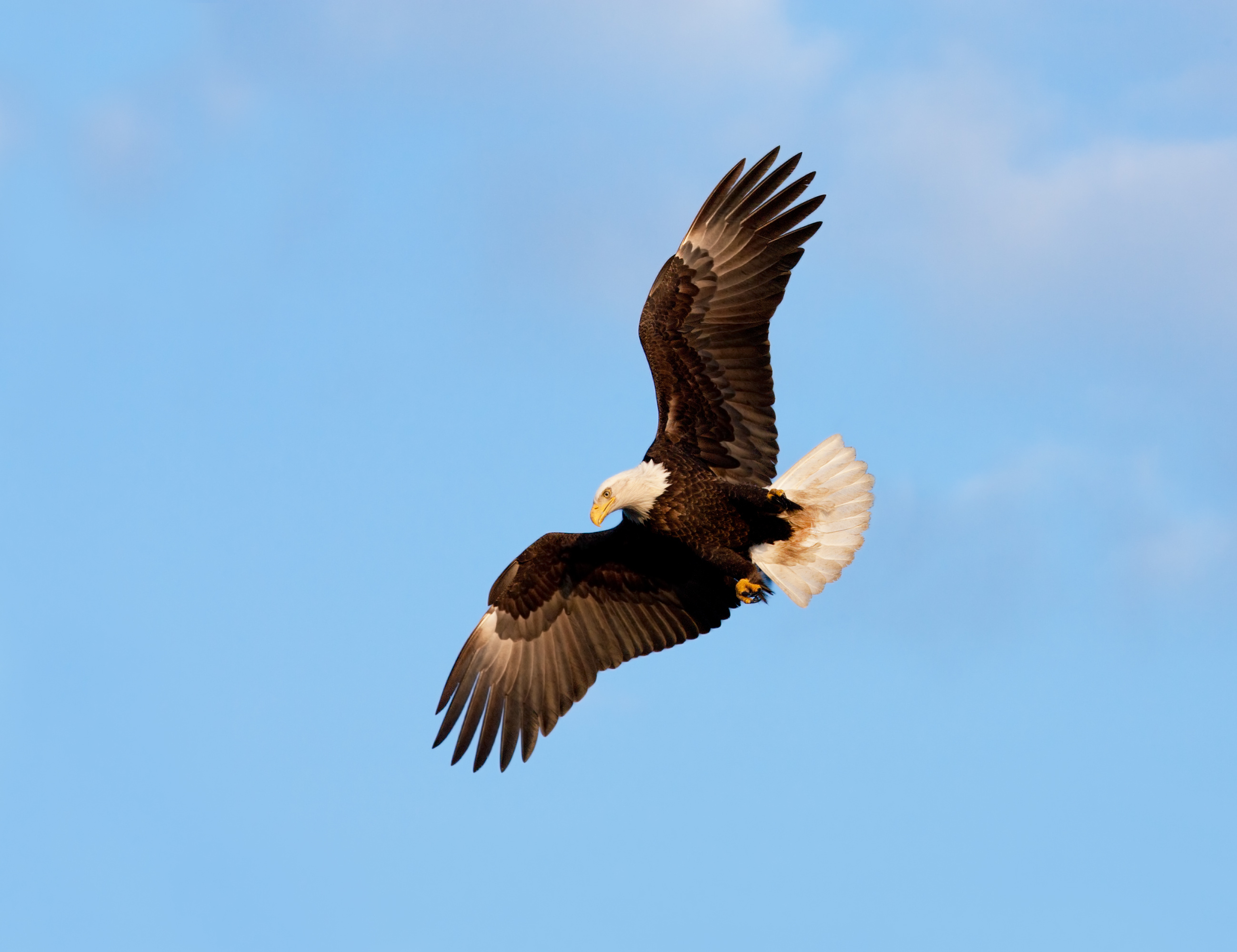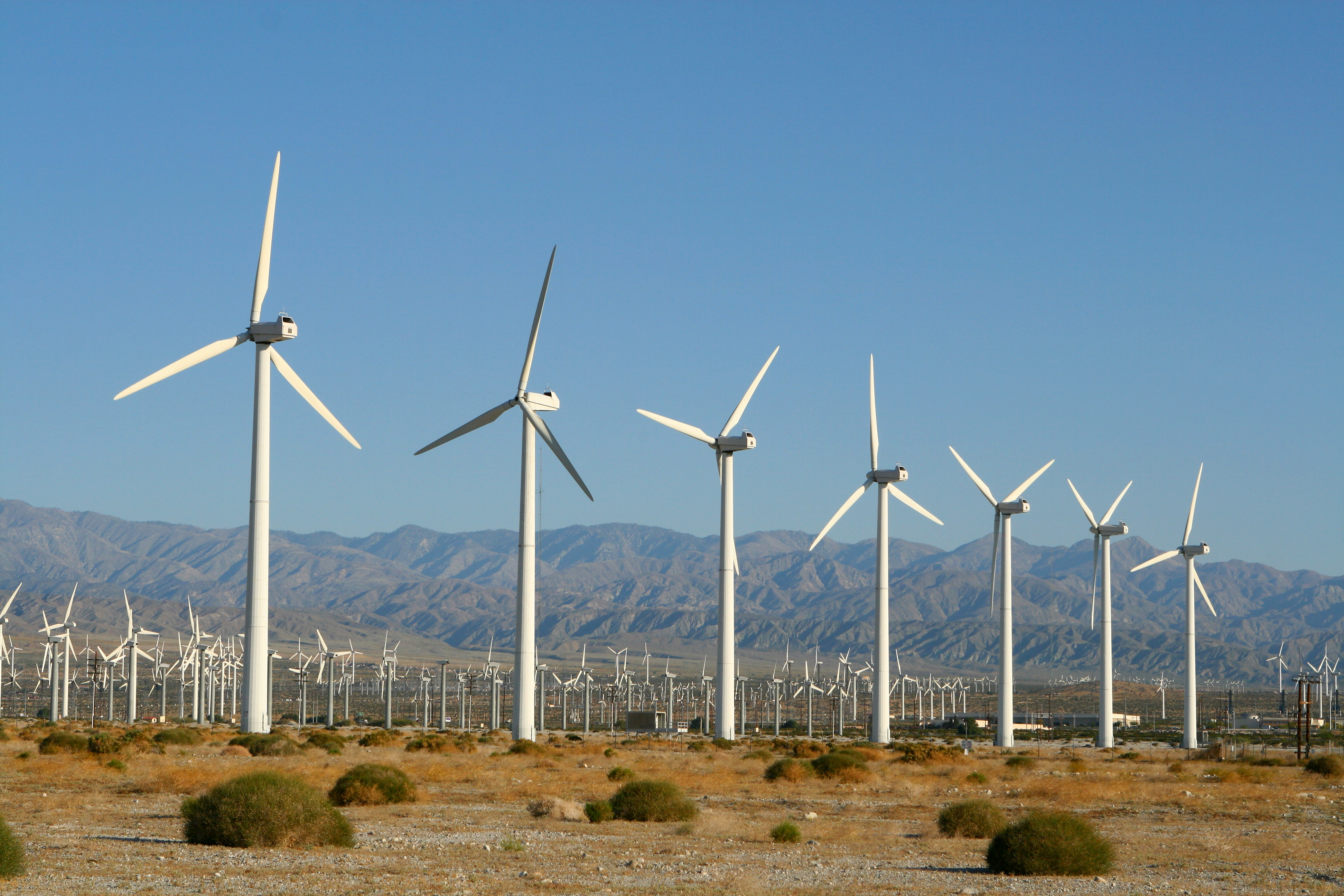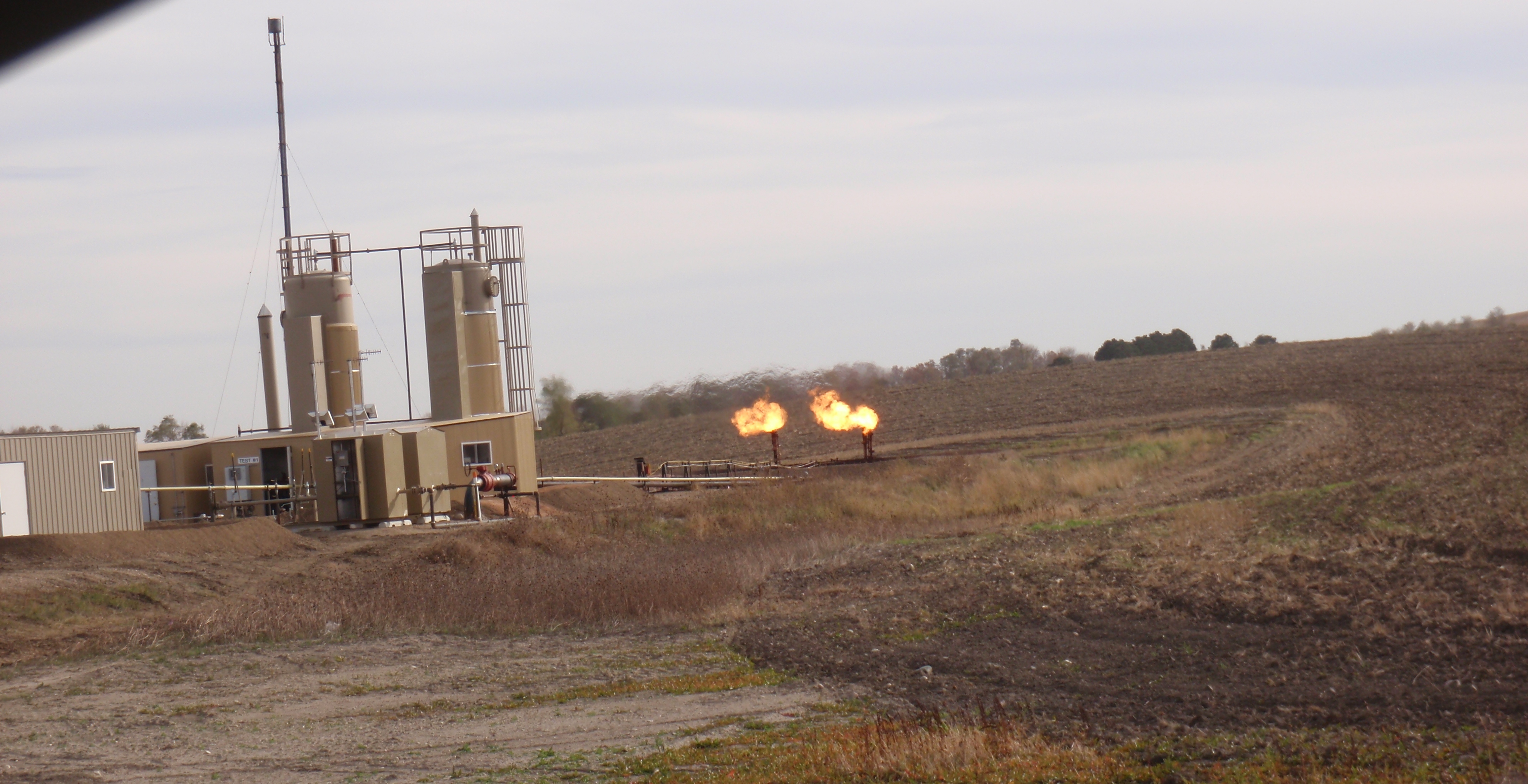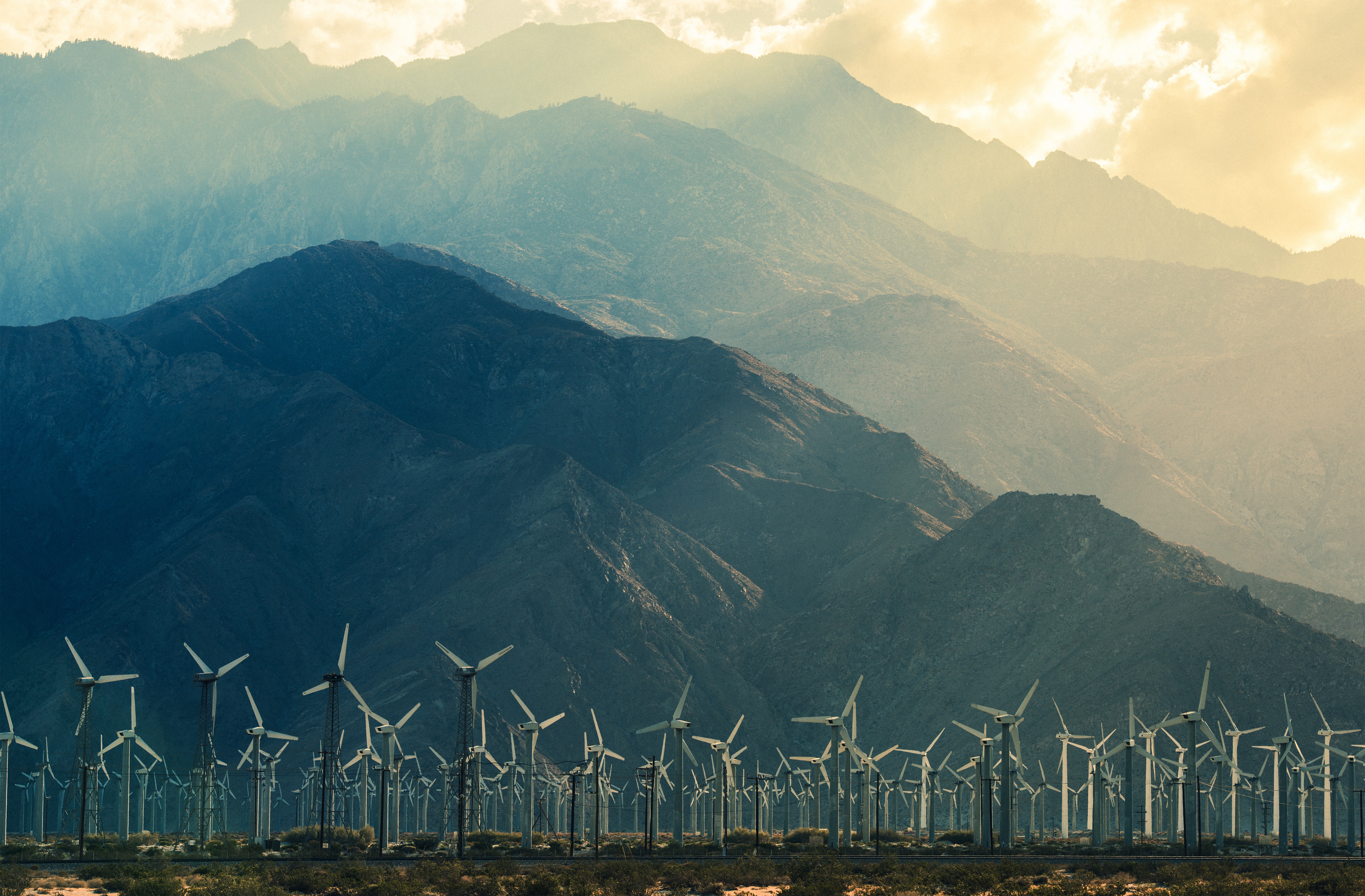
Renewable energy sources are unreliable because the output is variable and unpredictable. They also require massive subsidies to underwrite installation and production. Here are a few articles I’ve noted that describe the economic and environmental damage from unreliables.
Subsidies
3/26/16 – Wall Street Journal – Solar-Panel Installers Face Clouded Future / Solar-power incentives for homeowners shrinking as local utilities pressure state regulators – Let’s go through the economics again.
Residential solar power only works because of massive subsidies. Federal taxpayers must provide subsidies through federal tax credits, state taxpayers must provide subsidies through state incentives, and electricity users must provide subsidies through net-metering. If any subsidy goes away, the economics of residential solar collapse.
Article makes the point one more time: unreliable renewables only with heavy subsidies. When Nevada announced plans to cut back the massive cross-subsidy from other consumers, solar installers closed up shop in the state.
Here’s why. Look at the payment given to solar-customers for electricity their site produces but doesn’t use:
Continue reading “More disruption from unstable renewable energy”
